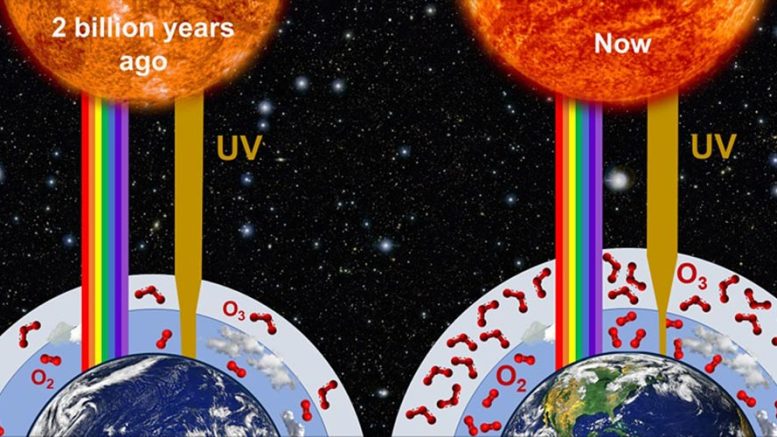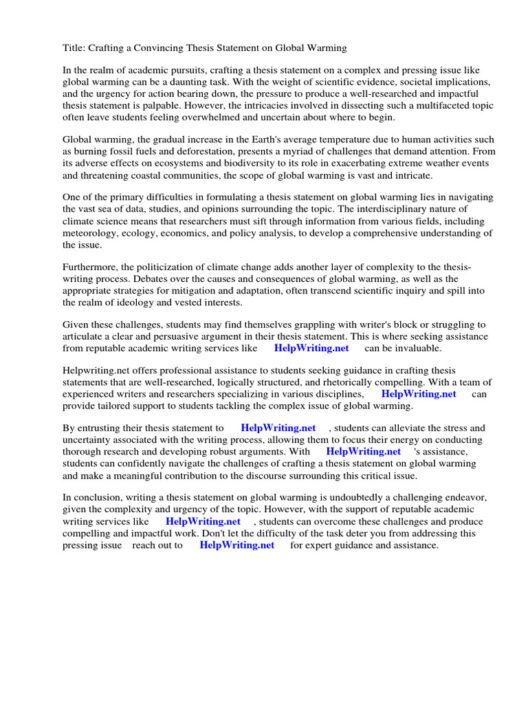When discussing climate change and global warming, the spotlight often shines on greenhouse gases such as carbon dioxide (CO2) and methane. While these gases are primary contributors to the warming of our planet, an important yet frequently overlooked aspect of climate science is the role of ultraviolet (UV) radiation. This radiation permeates the Earth’s atmosphere and is intimately connected to our understanding of environmental shifts. But does UV radiation contribute to global warming? To address this question, we must delve deeper into the nature of UV radiation, its interactions with the Earth’s atmosphere, and the complex dynamics that govern climate systems.
UV radiation is a component of sunlight that is divided into three categories: UVA, UVB, and UVC. Each type has distinct characteristics and effects on living organisms. UVA rays penetrate the Earth’s atmosphere in large quantities and are primarily responsible for skin aging; UVB rays, though more potent, are absorbed partially by the ozone layer and are known for their role in vitamin D synthesis and skin cancer risk; UVC rays, while the most harmful, are completely absorbed by the ozone layer and do not reach the Earth’s surface. This intricate filtering system is vital for maintaining the ecological balance of our planet.
Interestingly, while UV radiation itself does not directly contribute to the greenhouse effect, it does have significant indirect effects on global warming. For instance, UV radiation plays a role in the photochemical reactions that govern the formation and degradation of pollutants and greenhouse gases. In the presence of sunlight, certain air pollutants, such as nitrogen oxides (NOx) and volatile organic compounds (VOCs), undergo transformations that lead to the production of ground-level ozone, a powerful greenhouse gas. Consequently, increased UV radiation can indirectly enhance the concentration of greenhouse gases in the atmosphere, which in turn exacerbates global warming.
The role of UV radiation is also intertwined with the delicate balance of our atmosphere. The ozone layer, which absorbs the bulk of UV radiation, acts as a shield that protects both human health and our environment. However, human activities, particularly the release of chlorofluorocarbons (CFCs) and other ozone-depleting substances, have led to significant thinning of this layer. As the ozone layer diminishes, more UV radiation penetrates the atmosphere, intensifying its effects on climate systems. This scenario sets in motion a cascade of consequences, one of which is the alteration of weather patterns and temperature anomalies.
Less ozone leads to heightened UV exposure on Earth’s surface, which not only impacts human and animal health but also affects terrestrial and aquatic ecosystems. For instance, increased UV levels can disrupt the growth of phytoplankton in the ocean—a foundational component of the marine food web. Phytoplankton contribute significantly to carbon sequestration, and their decline can result in higher concentrations of atmospheric CO2, further amplifying global warming. Thus, the decrease of ozone not only allows for greater exposure to UV radiation but indirectly propels climate change through ecological disruption.
The implications of UV radiation extend beyond mere environmental effects; they also touch upon socio-economic factors. Agricultural sector productivity is at a greater risk under conditions of heightened UV exposure. Crop yields can be adversely affected due to increased UV levels compromising plant growth and photosynthesis efficiency. This potential agricultural decline threatens food security, particularly in regions already vulnerable to climate fluctuations. The socioeconomic ripple effects would include increased food prices and exacerbated poverty in developing nations, which are often least equipped to handle such challenges.
Moreover, the escalating concern about UV radiation often results in public obsession with sun protection, leading to increased marketing of products like sunscreens and protective clothing. While these measures are vital in mitigating individual health risks, they also spawn a marketing industry that may prioritize profit over genuine environmental solutions. This dynamic complicates the discourse surrounding climate change and can distract from more systemic changes needed to combat global warming at its core.
Technological advancements have enabled more effective means of monitoring UV radiation and its counterparts within the climate system. Satellite observations provide real-time data on the ozone layer, UV index, and related atmospheric phenomena, facilitating enhanced understanding and predicting of climate patterns. This proactive approach allows for timely interventions, such as policy changes aiming to reduce emissions of ozone-depleting substances. Ultimately, fostering a culture of transparency in environmental health data is paramount for informed decision-making at both the individual and governmental levels.
In conclusion, while UV radiation does not directly cause global warming, its role within the broader ecological and atmospheric context is profound. The interplay between UV radiation, ozone depletion, and greenhouse gas dynamics embodies the complexity of climate systems. To safeguard our planet, concerted global efforts must focus not only on reducing greenhouse gas emissions but also on preserving the ozone layer and understanding the multifaceted relationships between ultraviolet radiation and climate change. By nurturing a deeper understanding of these interactions, it is possible to forge pathways toward sustainable solutions for mitigating the alarming effects of climate change. Only through such holistic approaches can we hope to contend with the intricate challenges posed by our evolving planet.







